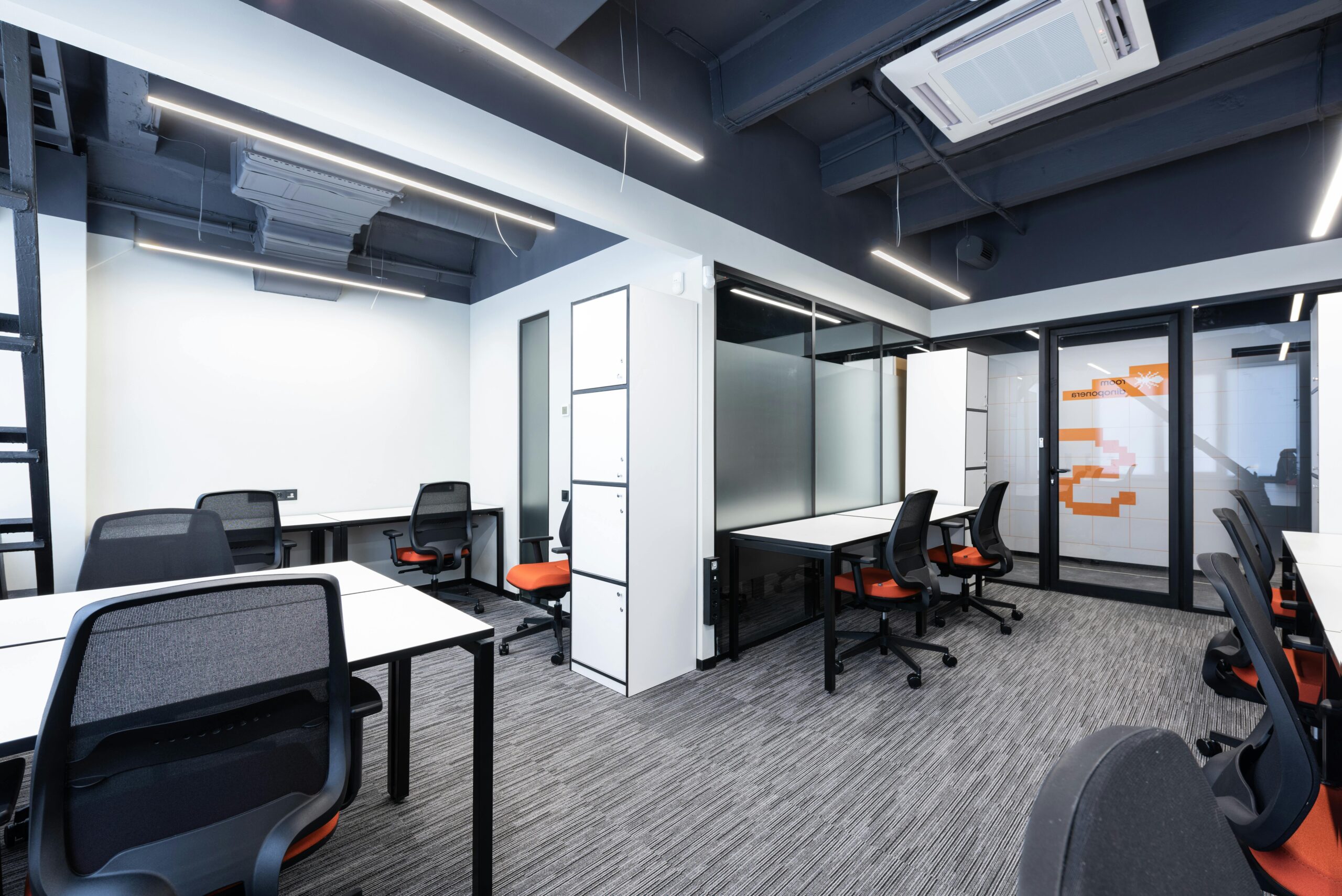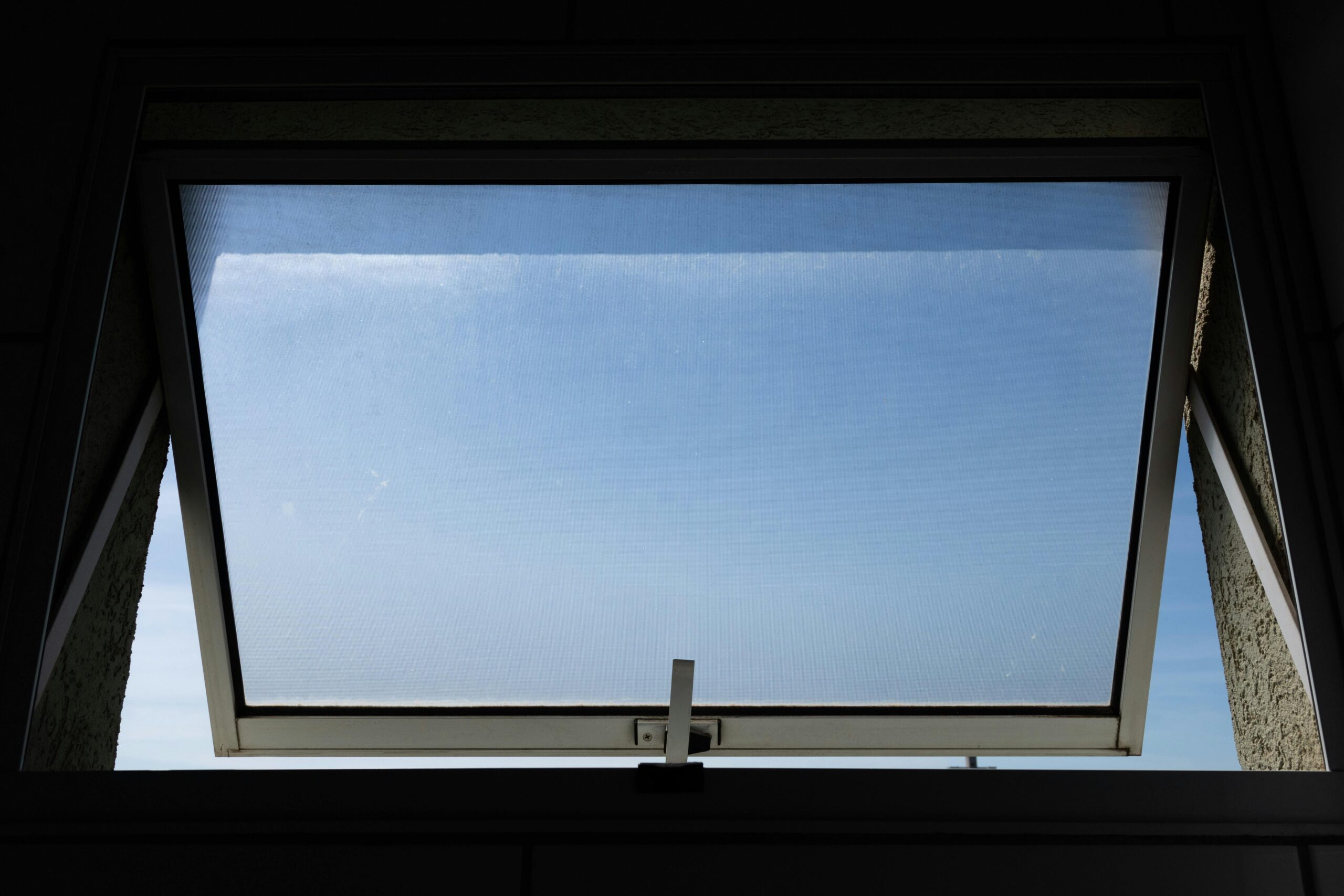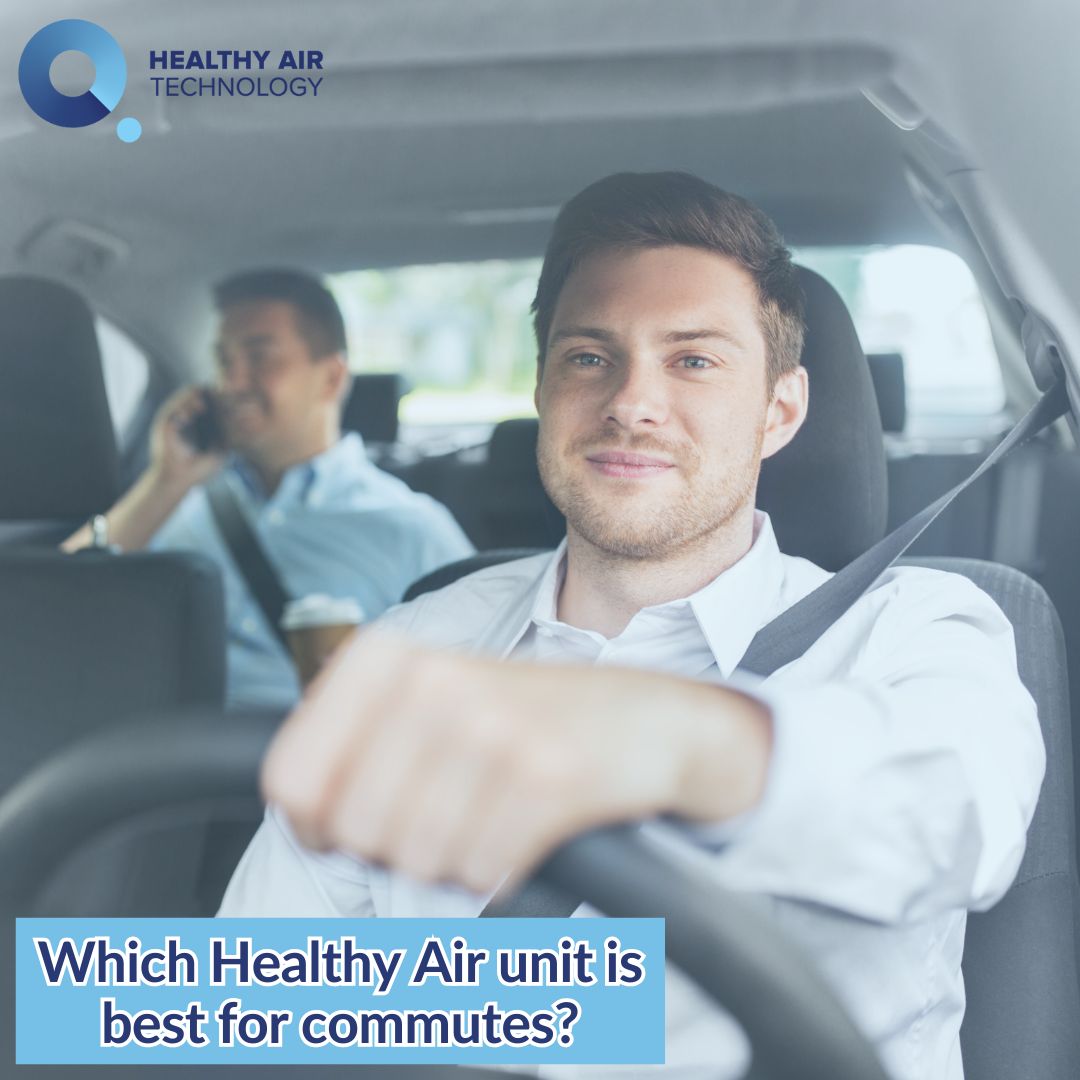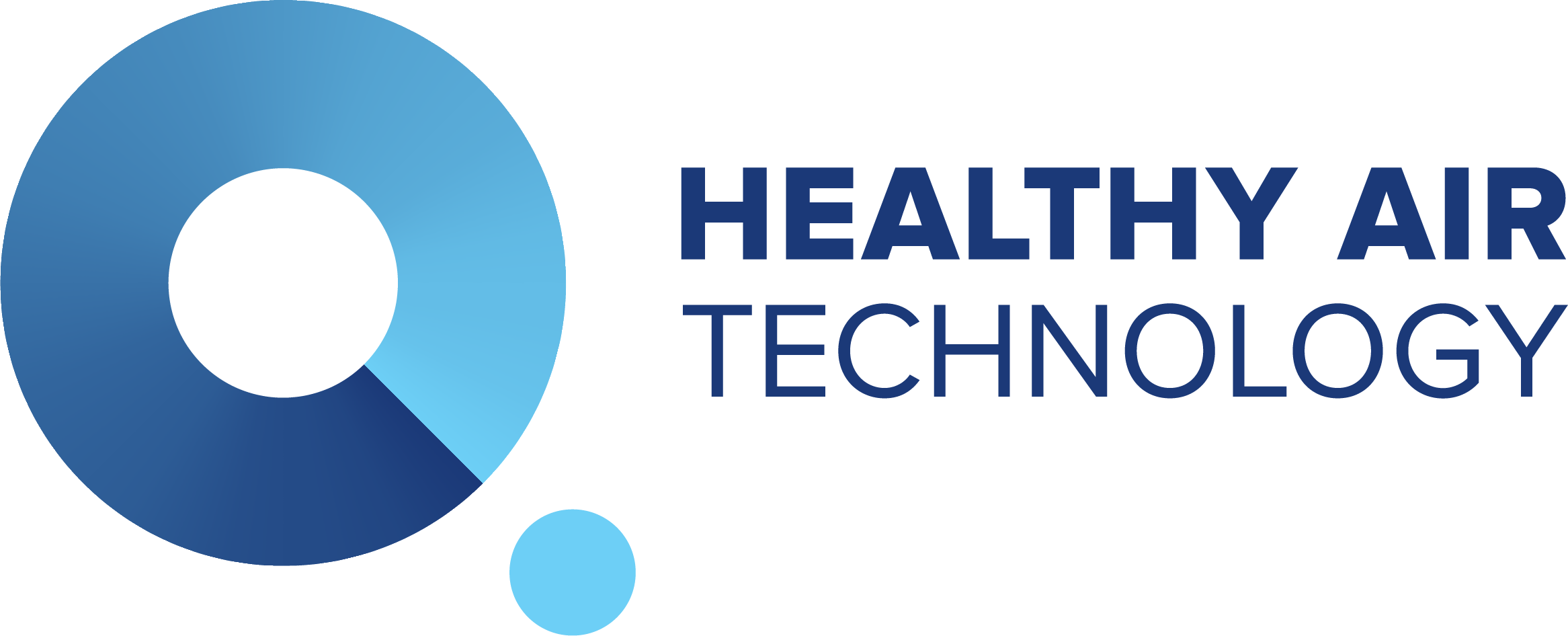
Integrating Air Purification with HVAC: A Vital Step Towards Net-Zero and Healthier Building
2 July 2025
Since the launch of the pilot Standard at the end of 2024, all eyes are on trying to achieve these ‘ambitious but realistic’ targets whilst preparing to demonstrate compliance. As part of their designs, engineers should be prioritising new technologies not only as a vital part of the net-zero equation, but in support of the fight against climate change, says Dr Chunli Cao, Managing Director of Oxford based air purification company, Healthy Air Technology.
One such area of consideration is air purification. Dr Chunli explains, “We know that HVAC accounts for 40% of a building’s energy use but reducing emissions often compromises air quality.
“What is less commonly known is that air purification works together with traditional HVAC, to not only improve air quality but in doing so reduce the demand on these essential but hungry systems in support of energy-efficient building design.
“Incorporating air purification should, and will be, a vital part of construction, and support futureproofing against tightening environmental considerations.”
How does air purification technology complement HVAC?
Whilst an HVAC system regulates temperature and the air flow throughout a building, an air purifier handles the cleanliness of the air.
Air is circulated via HVAC but the units are typically designed to capture larger particles like dust and debris, whereas a purification system will capture and destroy tiny PM2.5 particles, such as dust, pollen, mould, bacteria and viruses, and volatile organic compounds (harmful gases emitted from paints, cleaning products, or off-gassing from furniture and building materials).
This reduces the strain on the HVAC and allows it to work more efficiently by focusing on temperature and humidity control.
With the small particles out of the way, the HVAC lifespan can potentially be longer, with reduced clogging and wear on filters and components, also reducing maintenance needs.
The clean, purified air requires less effort from the HVAC system, thus reducing the building’s energy consumption.
Health and climate benefits
HVAC systems are essential for maintaining comfort, but they can sometimes circulate pollutants. Air purification systems can help mitigate this issue, offering significant benefits to individuals with respiratory conditions like asthma or allergies, or in environments where airborne pathogens need to be controlled (such as hospitals or offices).
As global weather patterns change and air quality becomes an increasing concern due to pollution and other environmental factors, air purifiers offer a valuable tool for ensuring healthier indoor environments. By removing harmful particulate matter and pollutants that can be exacerbated by climate events, air purifiers provide an added layer of protection against the negative effects of climate change, such as heatwaves and air pollution episodes.
Retrofitting current systems
Retrofitting air purification systems into existing buildings with pre-installed HVAC systems is successful, driven by the increasing need to improve indoor air quality (IAQ), enhance energy efficiency, and meet stricter environmental regulations.
The process involves integrating air purifiers with the existing HVAC infrastructure to provide cleaner air without requiring major modifications to the building’s current systems. Heritage buildings may be under strict preservation guidelines and building codes may need to be adhered to. However, in these instances, standalone air purifiers may be preferable as the units are independent and do not require ductwork. They can be strategically placed in key areas of a building, such as offices, conference rooms, or common areas, to improve air quality without altering the HVAC system itself.
Engineers should consider the options regarding space availability, without the need to make significant alterations which can sometimes be difficult or costly. An option that is possible where space is at a premium is to use in-duct additions, installed directly into existing HVAC ducts, working alongside the HVAC’s air handling unit.
In some instances, the existing HVAC system may need to be altered to accommodate air purification. The airflow, filtration capacity and ductwork might need tweaks to integrate fully with the purification technology.
Collaboration between engineers and technology providers
As the world moves towards meeting net-zero goals and adapting to increasingly stringent environmental standards close collaboration between engineers, architects, and technology providers is essential. The integration of air purification systems into building designs has become more crucial than ever and engineers need to work closely with manufacturers of air purification technologies to integrate these systems seamlessly into building designs.
This ensures that air purifiers are not seen as an afterthought but as an integral part of the building’s environmental strategy, helping to achieve the desired results in both sustainability and health, regulatory compliance, corporate responsibility and also financial incentives.
Prioritising this synergy ensures a sustainable, comfortable future for building occupants while contributing to the broader fight against climate change.
Photo by Max Vakhtbovycn: https://www.pexels.com/photo/open-space-office-with-tables-and-chairs-6794925/
Latest News

Why Clean Indoor Air Matters More Than Ever And How to Achieve It
In the UK, we spend about 90% of our time indoors – at home, at work, or in…

Light, Air, and Mood: How Our Environments Shape Energy in Autumn
As the days grow shorter, many of us notice a shift in energy, mood, and focus. Less daylight…

Which Healthy Air Purifier is Right for Your Space?
Breathing Healthy Air: Supporting Families, Commuters, and Classrooms When it comes to the air we breathe, the spaces…

